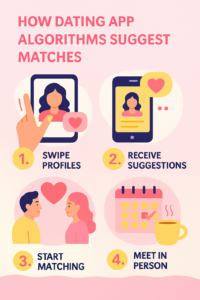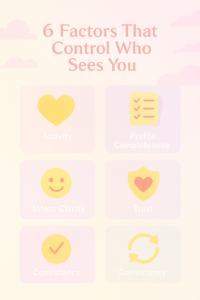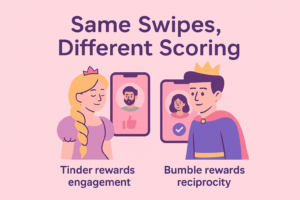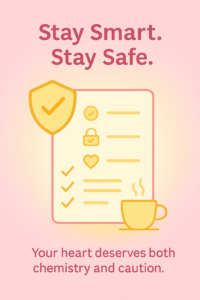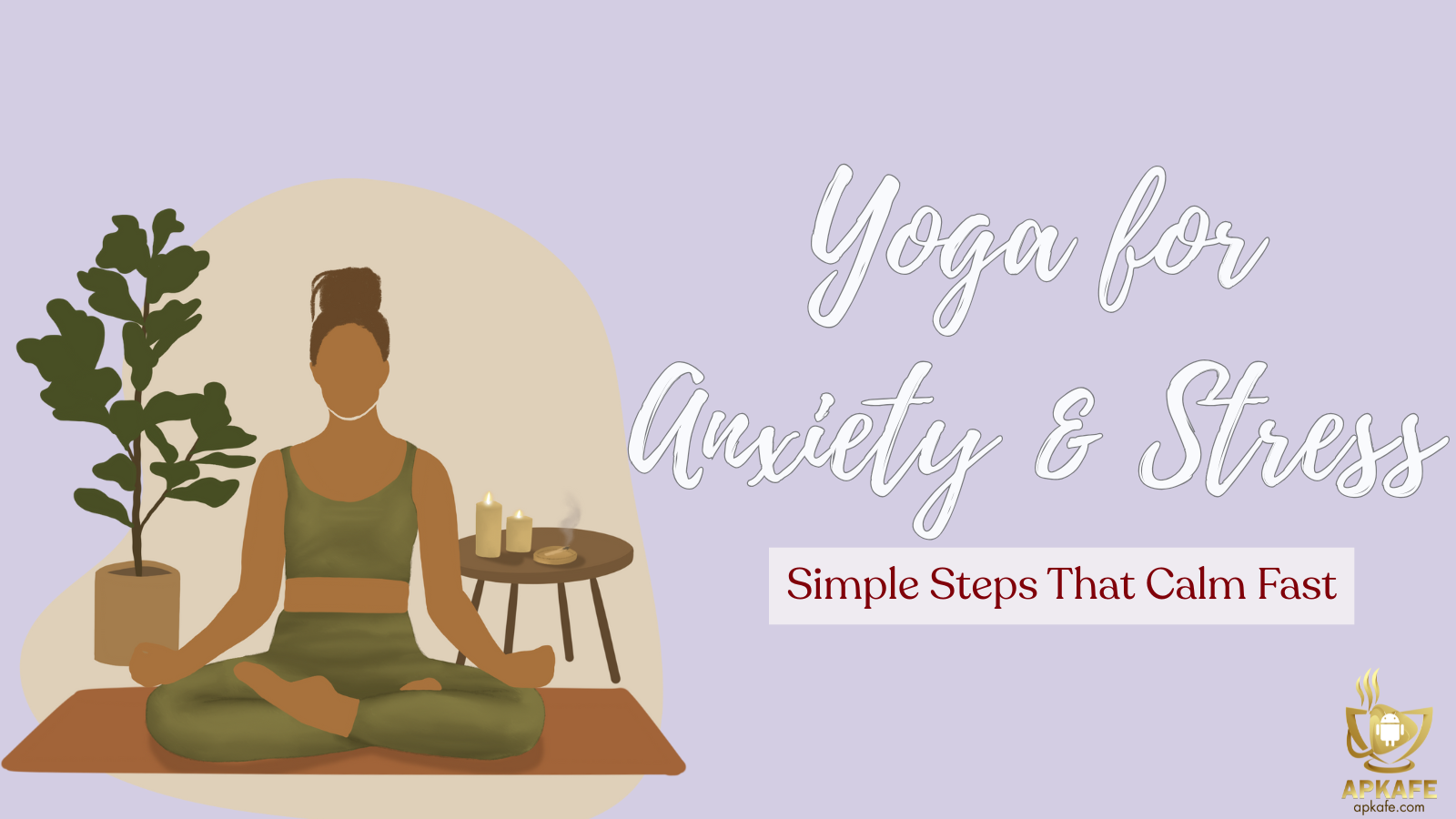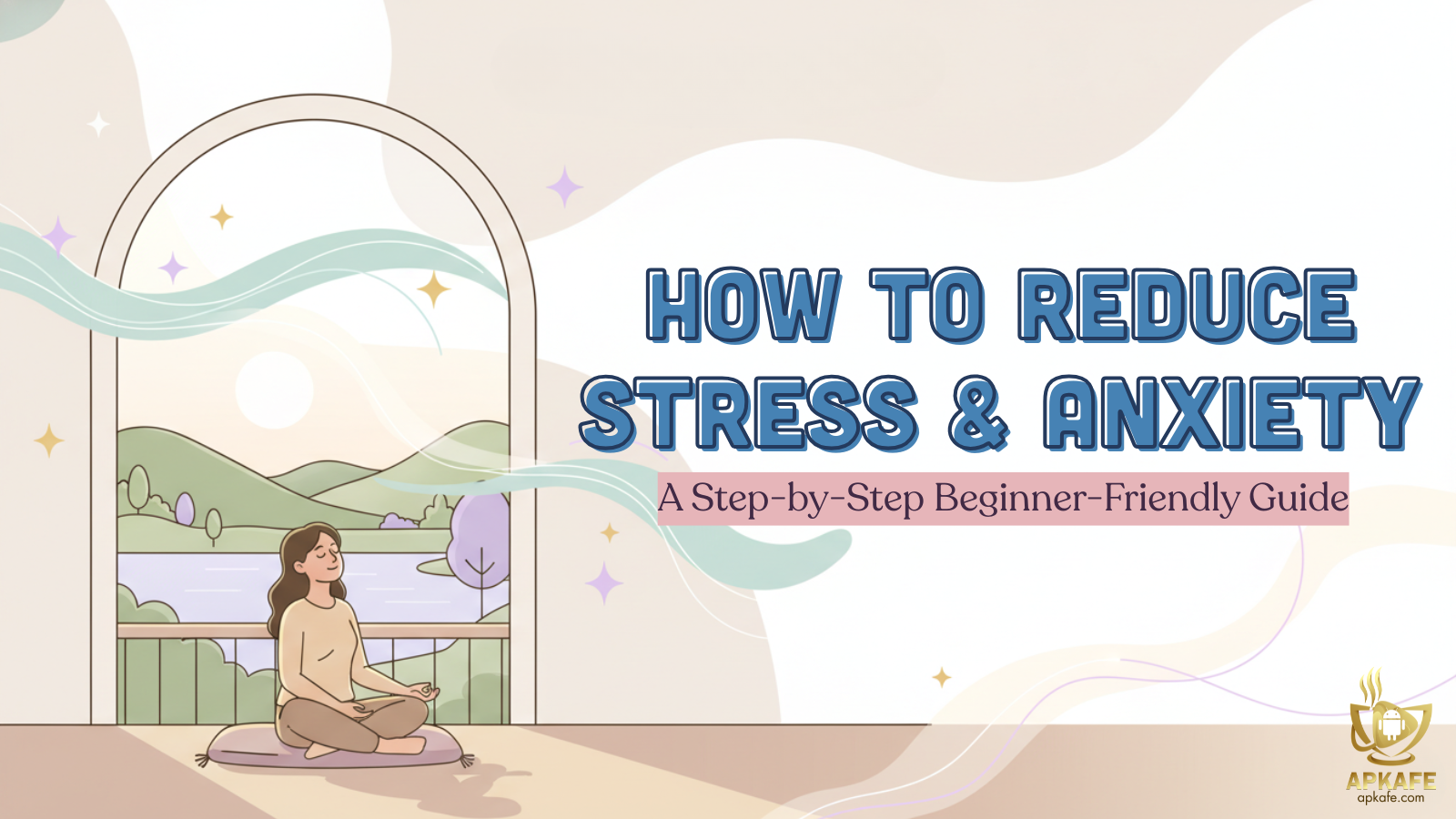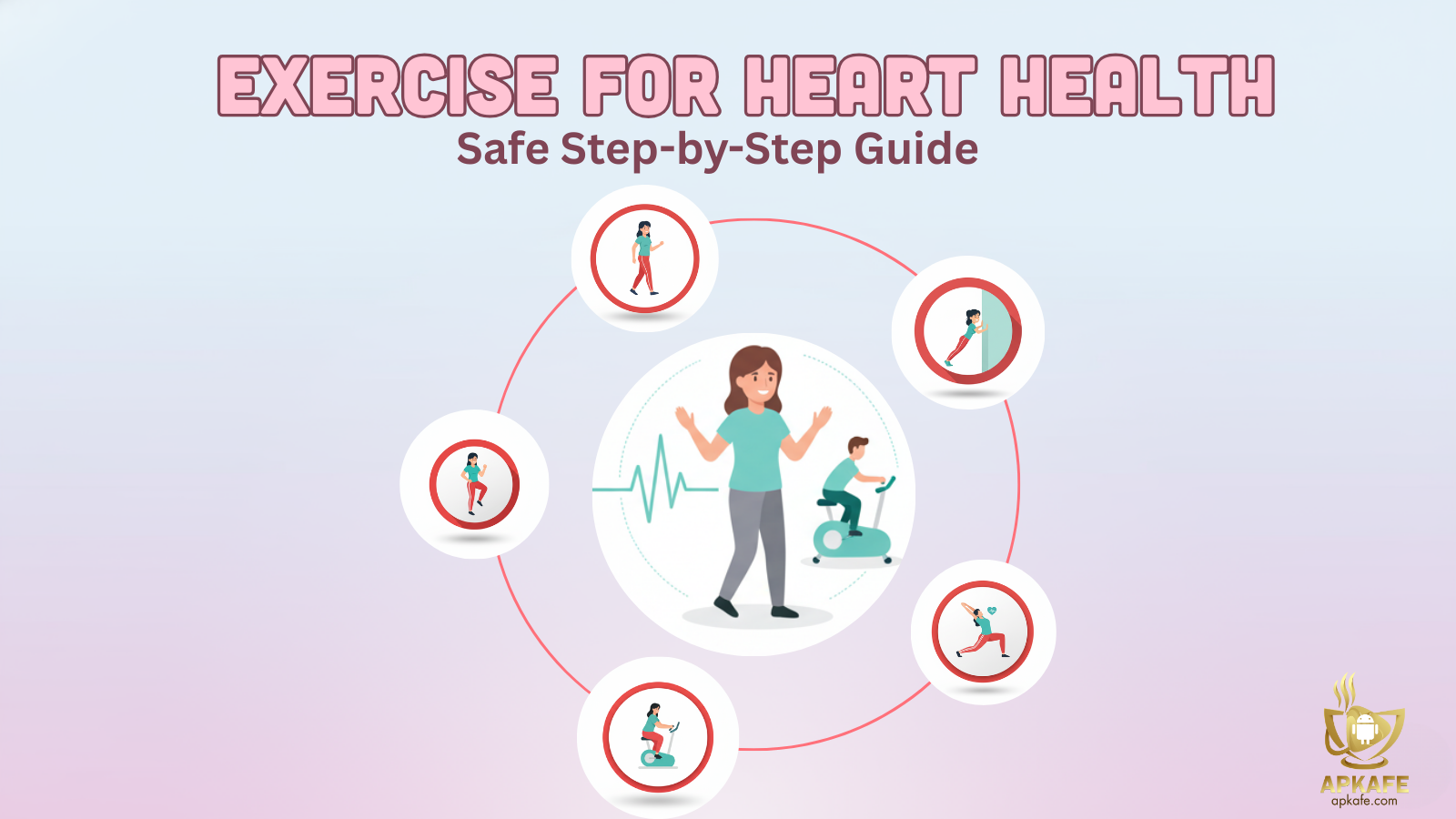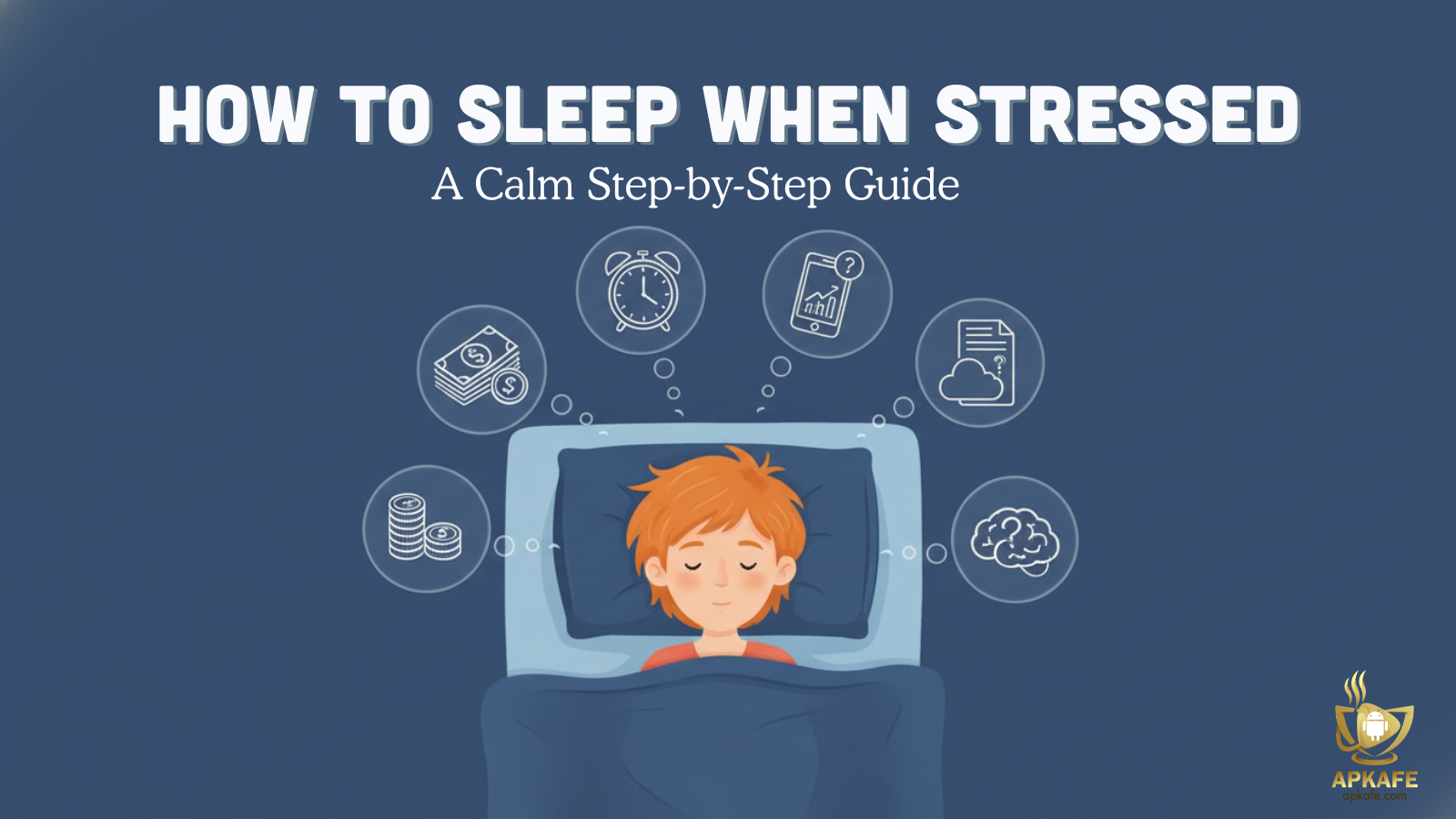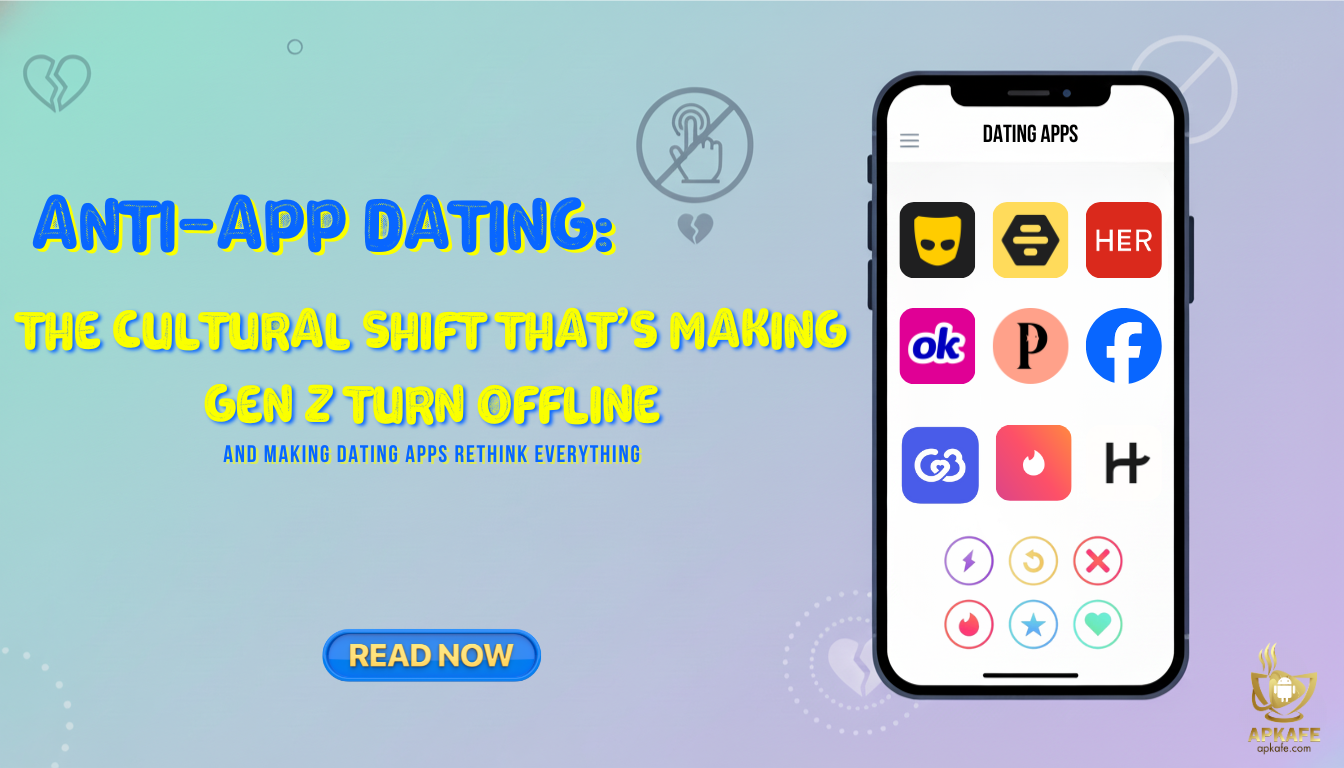How Dating App Algorithms Suggest Matches — And How to Get Better Ones on Tinder & Bumble
Ever wondered why you keep seeing the same faces on Tinder or Bumble? It’s not bad luck — it’s math. Dating app algorithms quietly track every swipe, pause, and reply you make to decide who shows up next. The good news? Once you understand how these systems work, you can shift your match quality — without changing who you are. Let’s break down the invisible logic behind every match and learn how to make it finally work for you.
By the end of this guide, you’ll:
- Decode how Tinder and Bumble’s algorithm decides who you see.
- Discover the 6 “hidden levers” that influence your visibility.
- Learn practical tweaks to improve your matches — fast.
- Avoid common mistakes that silently lower your ranking.
📢 “Imagine this: You open Tinder after work and see the same five profiles again. It’s not your bad luck — it’s your data loop. The algorithm thinks you like them because you paused longer, even if you never swiped right.”
👉 Stick around till the end for one insight that 90% of users never realize about match visibility.
“How Dating App Algorithms Suggest Matches”
🔍 How Dating App Algorithms Actually Work — Explained Simply
“There’s no love potion — but there’s math.”
Let’s be honest — when we’re swiping, it feels random. But dating apps don’t show you profiles by chance.
They use algorithms designed to match behavior, not beauty.
In other words, they don’t just show random faces — they learn patterns from your actions.
Think of it like Spotify: the more songs you skip or replay, the better it predicts what you’ll like next.
Dating apps do the same, but instead of songs, they study your swipes, messages, and time patterns.
Behind the scenes — what’s really happening:
Every time you swipe, pause, or edit your profile, the app quietly measures micro-signals — like how long you viewed a photo (called dwell time), how often you log in (session length), and whether you complete prompts or leave them blank.
These signals feed into the app’s “compatibility engine,” which learns your style faster than you might realize.
💡 For example: when you update your photos, the algorithm temporarily “relearns” you for about 48 hours, testing how others respond to your new version. That’s why new photos often bring a burst of likes — it’s not luck, it’s design.
The Secret Behind “Compatibility Scores”
Tinder once used an “Elo score” — similar to chess rankings — to measure how others responded to you.
While the exact formula is now hidden, the concept lives on.
Each app tracks:
- How selective you are.
- Who responds to you?
- How often you message first.
- Whether people unmatch or report you.
All that data feeds into one silent outcome: your visibility rank.
For instance, data from growth studies shows that…
💡 Example: According to app growth studies, users who message back within 12 hours have a 40% higher match rate than those who wait longer.
So, the real question isn’t “Am I attractive?” — it’s “Am I consistent and responsive enough for the algorithm to trust me?”
👉 For real-life examples of how messages impact match quality, see how to start a conversation on a dating app
“Now that you know what’s being tracked, let’s reveal which signals actually matter most…”
⚙️ The 6 Factors That Decide Who You See (and Who Sees You)
“Think your profile’s invisible? These six dials are your light switch.”
Your match feed is like a curated playlist — and these are the six dials that tune it.
| Factor | Tinder | Bumble | Why it matters |
|---|---|---|---|
| Swipe Selectivity | ✅ | ✅ | Swiping everyone drops your rank (the system detects “desperation behavior”). |
| Response Speed | ✅ | ✅ | The faster you reply, the higher your engagement score. |
| Profile Completeness | ✅ | ✅ | Full profiles (bio + prompts + photos) earn trust. |
| Intent Clarity | ⚙️ | ✅ | Matching “goals” improves long-term retention for both. |
| Report/Block History | ✅ | ✅ | Too many reports = visibility penalty. |
| Daily Activity | ✅ | ✅ | Frequent logins = freshness boost. |
“ 6 factors that control who sees you”
How Tinder and Bumble Differ Slightly
“Same Swipes Different Scoring”
Tinder focuses on engagement patterns — how many swipes lead to chats.
Bumble adds reciprocity weight — how many first messages get replies.
That’s why on Bumble, writing engaging bios and quick replies matter more than looks.
💬 Think about it: When was the last time you rewrote your bio? Even one line can change how the algorithm groups you.
Surprisingly, even one small update can shift how the algorithm classifies you.
Mini-tips for each factor — simple habits that help you stand out:
- Swipe Selectivity: Pause before swiping. Quick, random swipes confuse the algorithm about your real preferences.
- Response Speed: Turn on push notifications. Replying within a few hours tells the system you’re engaged and reliable.
- Profile Completeness: Add your top 3 interests or hobbies — it gives the algorithm richer context to match you better.
💡 Remember: Most people don’t fail because they’re unattractive; they fail because they send confusing data signals. Once your patterns align with your intent, matches start to feel natural again.
Mini case: Jess, a 29-year-old teacher from Austin, was getting repetitive matches.
After adding “looking for intentional dating” to her bio and logging in once per evening instead of random times, her message response rate tripled.
“From Chat to Connection 💬✨
Move your conversation off-app — safely, naturally, and with confidence.”
👉 Check out best dating apps for serious relationships if your intent leans long-term — that also affects algorithm pairing.
🚀 Step-by-Step: How to Improve Your Matches Fast
Let’s get practical. These are steps you can take today that move your profile up the ranks.
💡 Optimize Your Profile Flow
Step 1 – Complete Your Profile Like You Mean It
Add 4–6 real photos: smiling, social, and solo.
Use natural light — not car selfies.
And yes, fill out prompts.
Apps reward completeness with up to 25% higher visibility.
Pro tip: Use one photo that shows your hobby (guitar, running, painting). It boosts message rates because it gives others “comment hooks.”
Step 2 – Swipe With Intention, Not Instinct
Mass-swiping looks desperate to the algorithm.
Instead, slow down: read bios, pause for a second before each swipe.
Selective users appear more “thoughtful” to the model, so their profiles get featured higher.
💬 Ask yourself: Are you swiping out of boredom — or genuine interest?
Pitfall: Over-swiping in one session can temporarily shadow your profile.
Fix: Keep it under 50 right-swipes per day.
⚡ Build Momentum with Quick Replies
Step 3 – Respond Early, Keep Momentum
The algorithm tracks how long it takes you to reply.
If you respond within 6 hours, your match stays “active” in both feeds.On the other hand, if you delay your reply. If not, your connection slowly drops down the visibility list.
Pro tip: Set Bumble reminders or Tinder notifications for evenings — the highest reply window is 7–10 p.m.
Mini-scenarios & Why It Matters:
Tom, 33, from Seattle, realized he was replying to matches only once a day. When he started responding within a few hours, not only did his match list refresh faster, but new profiles began showing up too. That’s because the algorithm rewards conversation energy — every quick reply tells the system, “This user is active and engaging.”
💡 Why it matters: Dating apps are built to reward reliability. The more predictable your behavior — same login windows, consistent replies — the more your profile gets surfaced to others who match that pattern.
Mini Success Story:
Jamie and Chris met on Bumble, exchanged three short but honest messages, and moved their chat to text the next day. Two weeks later, they met for coffee — and they’re still dating a year later.
💬 See? When timing feels right, digital becomes real. Sometimes, the best matches start with a simple, well-timed message.
👉👉Before your next date, Plan a budget date with a dating app
Checklist — 5 Small Habits That Raise Your Visibility Daily:
- Log in at consistent times (morning, lunch, evening).
- Reply before bedtime to keep chats “active.”
- Add one new photo every two weeks.
- Unmatch inactive or ghost profiles.
- Limit to ~60 right swipes/day to avoid being flagged as spammy.
Step 4 – Refresh Weekly
Profiles that change get priority.
Update one photo, tweak your bio, or change your anthem song weekly.
That small change signals “active engagement.”
Mini-Insight: Users who refresh profiles regularly receive 23% more new impressions.
👉 Explore best dating apps if you’re considering experimenting beyond Tinder or Bumble.
Step 5 – Use Paid Features Wisely
Tinder Boost and Bumble Spotlight are like “visibility steroids.”
They push your profile for 30–60 minutes — useful, but not magic.
Pro tip: Use one during local peak hours (8–9:30 p.m. Sunday–Wednesday).
Don’t stack boosts; spread them across weeks.
Pitfall: Overuse looks spammy and drains algorithm trust.
Step 6 – Balance Online and Offline Timing
Apps love users who mirror natural behavior: checking in at realistic intervals (morning, lunch, evening).
Avoid logging in 10 times per hour — it’s a red flag.
💡 Example: Profiles active 2–3x per day had 38% better match continuation rates than those always online.
Motivation Cue: Every swipe, message, and update tells the algorithm your story.
The more consistent you are, the clearer it becomes who to show you.
👉 For tips on making conversations natural after the match, see 6 Ways to Start Natural Conversations on Dating Apps.
💬 How to Move Conversations Off-App Safely
You matched — congrats! But here’s where most users lose momentum.
The algorithm stops caring once you’re matched, but your reputation doesn’t.
High unmatched rates or ghosting can still lower your trust score.
When to Move Off-App
After 2–3 real exchanges (not just emojis), you can suggest switching platforms.
But do it naturally:
“Hey, this chat’s fun. Want to keep it going over coffee or Instagram DMs?”
Pro tip: Use the app’s built-in video call for 2–3 minutes before sharing your number.
Keep Privacy in Mind
Never give away your last name, address, or workplace too early.
Don’t click suspicious links shared in chat.
Always trust your intuition — red flags exist for a reason.
👉 Before you meet, review use bumble safely
Mini-Scenario: Mark, 32, once gave out his work Instagram too early and got unsolicited messages later. Now, he uses a separate account just for dating — and it works like a charm.
Speaking of safety — let’s ground this in a checklist that keeps every date stress-free.
🛡️ Safety & Privacy Checklist Before You Meet
Confidence starts before the date begins.
Why this matters:
Verification badges build trust — but not immunity. Real safety starts with awareness and small, consistent habits. Even verified users can make risky choices if they skip these basic checks below.
- Meet only in public, well-lit spaces.
- Tell a friend your plan + share location.
- Never share verification codes or personal IDs.
- Use in-app verification tools and block/report options.
- Check app permissions after use; turn off location.
- Handle your own transport both ways.
- Trust your gut — discomfort = exit.
Add-on Tip: Check app privacy settings under “Permissions.” Use “While Using App,” not “Always.”
👉 If you’re using multiple platforms, see dating apps for serious relationships for ones with verified security systems.
Now you’re safe — but are you still curious how myths about algorithms started?
❓ FAQs About Dating App Algorithms
“Still curious? Here’s what most users ask.”
Does Tinder still use an Elo score?
Officially discontinued, but behavioral ranking still exists.
- Do paid features actually help?
Yes — for short bursts, but not long-term. - Can I reset my algorithm?
Reinstalling rarely helps; changing usage habits does. - Why do I see the same people again?
The system recycles profiles in your area for active users. - Should I change my city to get more matches?
Only if your intent changes; “passport” features can dilute relevance. - Do deleted matches affect my rank?
No, but reported or blocked ones do. - How often should I update photos?
Every 10–14 days keeps your visibility high.
You’ve made it through the myths — now let’s wrap up with one mindset shift that changes everything.
🎯 Final Insight — Make the Algorithm Work for You
If you only remember one thing, let it be this.
If you’ve made it this far, you’re already ahead of 80% of daters who treat these apps like slot machines. You’ve learned how to play with purpose — and that’s rare.
💡In fact, the data backs this up. Stat check: Users who update their bios weekly and message within 12 hours see up to 45% higher match success over time.
Here’s the real secret:
Dating apps reward consistency, clarity, and authenticity.
Every genuine message, selective swipe, and updated photo sends one signal:
“This user knows what they want.”
That’s the kind of data algorithms love.
So don’t chase trends or hacks. Instead, build predictable quality.
The matches you attract will mirror the effort you put in.
💡 Insight: You can’t hack attraction — but you can absolutely hack visibility.
👉 Next Step:
Read Best dating apps or share your experience below —
Which of the six factors do you think affects your matches most?
Your story could help someone else decode their own dating app mystery.
👤 About the Author
Reviewed by: Lena Pham — Dating & Relationship Strategist at APKAFE Dating Insights
Lena has spent over 7 years researching how technology shapes human connection. She’s interviewed app developers, UX designers, and thousands of real users to decode what makes dating apps work — and what makes them fail.
Her articles on APKAFE combine psychology, data, and empathy, helping singles navigate algorithms with confidence and safety.
She believes great matches come not from luck — but from clarity, timing, and honest effort.
🔗 More from Lena: How to start a conversation on a dating app
🔗 About APKAFE Dating Insights: Plan Budget-Friendly Date Ideas
User Reviews

